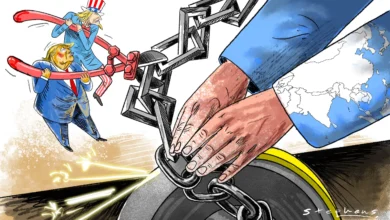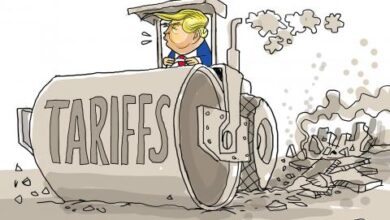Why Can India Never Replace China’s Growth? What Will Be India’s Economic Future?
Can India Replicate China’s Growth? Will India Become the Next Economic Powerhouse?
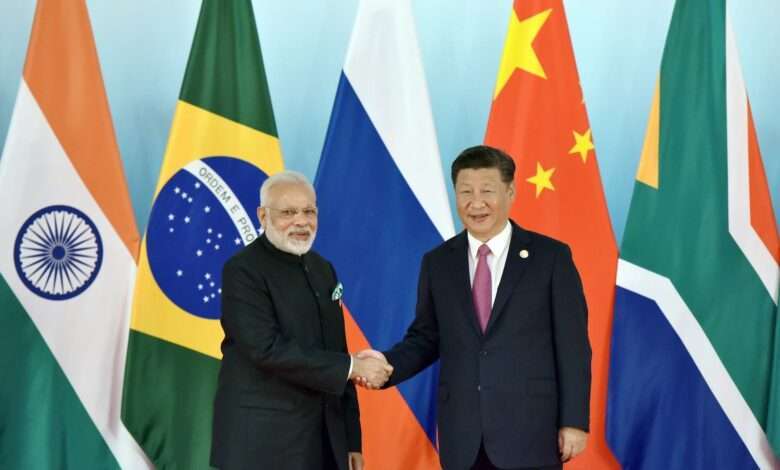
In the 1980s China’s and India’s economies started at roughly the same size. China soon left India in the dust, becoming roughly five times its size. However, now, with China’s economy slowing down and Western companies seeking to move their factories elsewhere.
Could it be that it is now India’s turn to replicate China’s growth miracle?
The two of India’s most eminent economists India’s central bank president, Professor Raghuram Rajan and Johns Hopkins Professor Davesh Kapur have summarised their vast bodies of research into key insights about exactly why China’s economy took off after the liberal reforms of the 80s and 90s.
While India did not. Why China’s growth path will never work for India.
And finally, whether or not India will soon be able to pull off its own growth miracle.
There are some really surprising insights about how India’s real problem is not that it didn’t know what to do, but rather that it failed to properly implement China’s strategy due to its own unique political structure, in which understaffed local governments often cater to local interests rather than to the public.
A structure that means that while there are other growth models for India to follow, the country could not and still can never grow like China. But to see why that is the case, first it is needed to answer why China outgrew India in the first place.
History of China & India growth
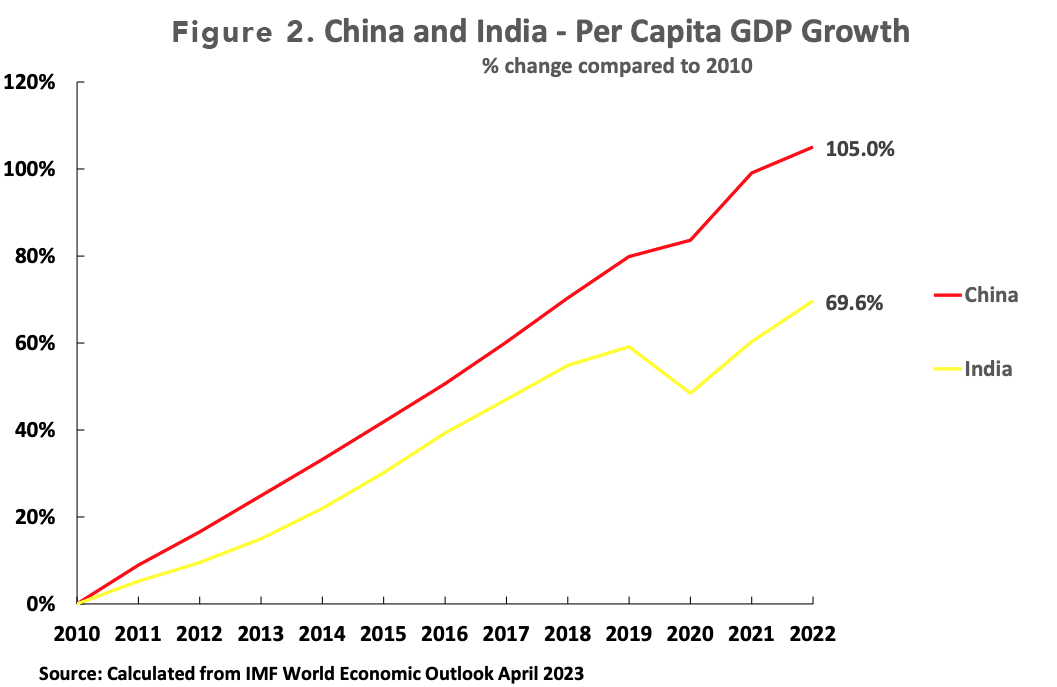
In other words, what caused this massive divergence between India and China in the 1990s and early 2000?
To answer that question, first turn to the work of Professor Raghuram Rajan, who has highlighted that already in the late 1970s, Chinese workers had a better level of basic education than their Indian counterparts. A better level of basic education enables two key elements of how China transitioned from an agricultural society to the manufacturing powerhouse that it is today.
- The first element is that to supercharge economic growth, China started attracting a lot of foreign factories in the 80s and 90s, factories that typically required at least a basic education from their workers so that they could follow simple instructions.
- The second element is that a basic education, especially in accounting, enabled a lot of these workers to then later start their own companies, which propelled China’s economy to the next level in the 2000s.
But given that there were plenty of countries with a better level of basic education in China in the late 1970s, better education alone cannot explain why China was able to attract foreign factories and enable its workers to start their own factories. Well, India was not. Besides being able to attract foreign factories to learn from them, there are two other key steps that allowed China to transform its economy into the manufacturing superpower that it is today.
The first and most often discussed step is that in the 1980s, communist China liberalised its economy both by allowing private entrepreneurs to start companies and by allowing foreign firms to come into China. This was indeed a necessary condition for the Chinese economic miracle to happen. But given that there are plenty of more, liberalised economies cannot explain China’s rapid growth by itself.
India is a prime example of that. Following China, India also carefully liberalised its socialist economy in the 1990s, and this was then followed by more radical liberalisation in the 2000. But while India’s economy certainly grew faster after these reforms, it never quite reached China’s double digit growth numbers. It can be then argued that India just didn’t liberalise enough, and that may be true, but China is also still a highly restrictive place to do business today, scoring very similar points to India when compared the two countries
For example, using the Index of Economic Freedom.
Therefore, to figure out this massive divergence between the two countries, there’s a need to talk about the second and third step of the Chinese growth miracle ingredients that India was never able to reproduce despite the best intentions.
The second key step of the Chinese growth miracle is that it followed what Peking University professor Michael Pettis calls the investment led growth model. This is the growth model that was at the centre of miracle growth in countries like the United States, Germany and Japan and then was later adopted by China.
Essentially, the idea of investment led growth is that in poor countries like China and India in the 1980s, they have a huge underinvestment problem while they have a population that could potentially be very productive. They are held back by a lack of infrastructure, knowledge and productive assets such as machinery. So to grow at a miracle level speed, a poor country simply needs to invest at miracle level speed in infrastructure and other productive assets.
But where does that money come from?
In a poor country, perhaps surprisingly for a non economist, a lack of money in even the poorest countries is never the real problem. After all, in a fiat money system, local money is infinitely available since a central bank can just print as much as it likes and use that money to spur unemployed workers into action.
However, because the central government of these massive countries alone cannot really hope to spend all of that money productively to prevent inflation, they have essentially outsourced most money creation to commercial banks who create money as debt, that money that will not produce inflation and will not increase debt to GDP as long as it is used to grow the economy.
So to make sure that China’s banks invest in productive infrastructure and factories, China ordered its local and state owned banks to direct credit, mostly to infrastructure and manufacturing. Other low interest rates and while these state interventions can now explain why China has too much infrastructure and even too much factory capacity, it worked extremely well when China was still a developing country.
But what about India?
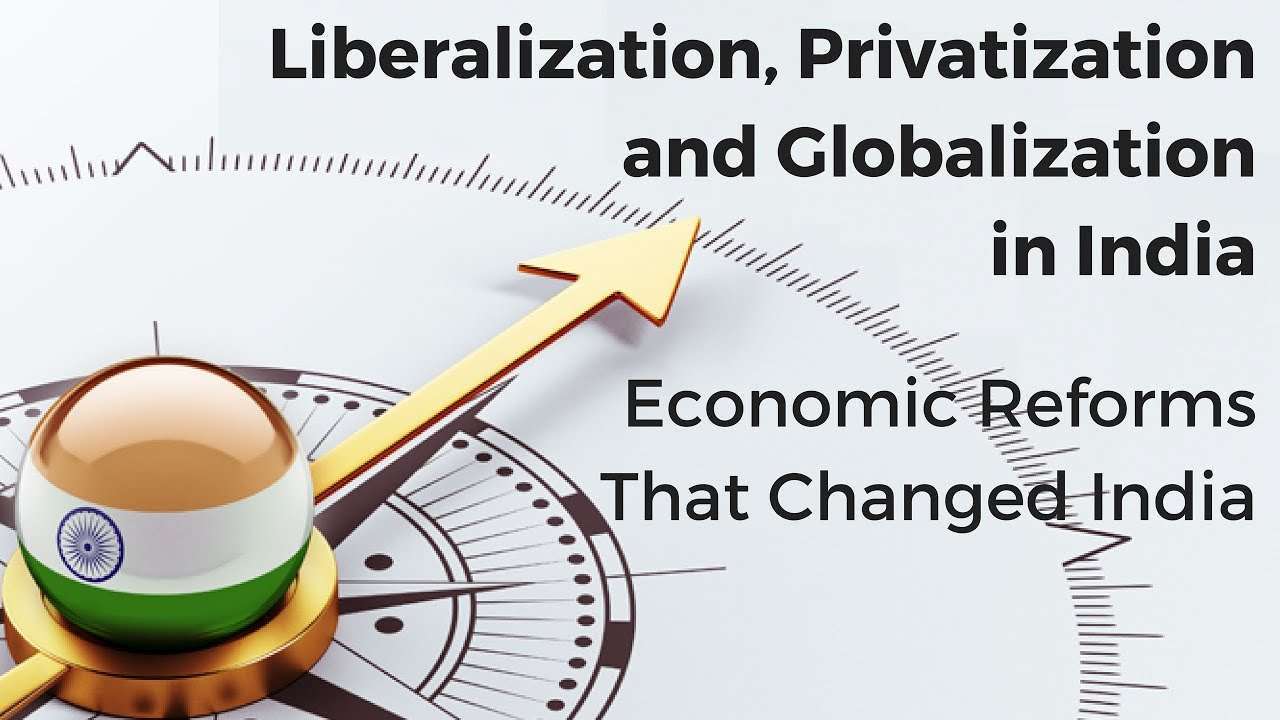
Why didn’t India try to follow the investment led growth model and supercharge investments in factories and infrastructure?
It actually did well.
It liberalised its corporate sector.
It kept its banking system largely in the hands of the state, just like China and just like China.
That banking system then went on a lending spree to well-connected business tycoons. However, unlike China’s successful entrepreneurs, India’s well-connected tycoons did not spend the money productively, which meant that around 2013, while China’s corporates increasingly conquered the world, India’s corporates were failing and heavily indebted to a state’s banking system that was close to collapse.
Since then, India’s investment has gotten much better. A recovery that was partially made possible by Professor Rajan himself, who as head of India’s central bank, helped clean up a lot of these bad debts. A lot of credit also goes to Mr. Modi, who has since coming to power in 2014, made a lot of new investments in India’s infrastructure. But while Indian investment and growth has not been bad at all, it has not been as miraculous as that of China.
The third key step of China’s growth miracle is attracting foreign factories, which is also known as attracting foreign direct investment or FDI for short.
FDI gets its name from the fact that if a factory is built somewhere, it means a direct investment is happening. When it comes to FDI, while China became the factory of the world, India simply failed to attract anywhere close to the same amount of FDI.
But why is it attracting FDI so important and why was China able to do it while India failed miserably?
To answer these questions, let’s go back to India and China in the 1980s. They were not just like infrastructure and machines. They were also lacking the knowledge about how efficient factories operate. Knowledge that cannot be learned in school. Knowledge that instead accumulates by working in efficient factories. This is why attracting foreign factories to turbocharge local knowledge was the third key step for China’s growth.
On top of that, while local money is in theory infinite as it can be created by local banks and central banks, foreign money U.S. dollars is needed for crucial imports, such as, in China’s case, German machines. So attracting foreign direct investment is a key step of most growth miracles, because it can be used to supercharge local knowledge and to obtain the US dollars needed for crucial imports and China’s basic education really helped create the right environment for FDI.
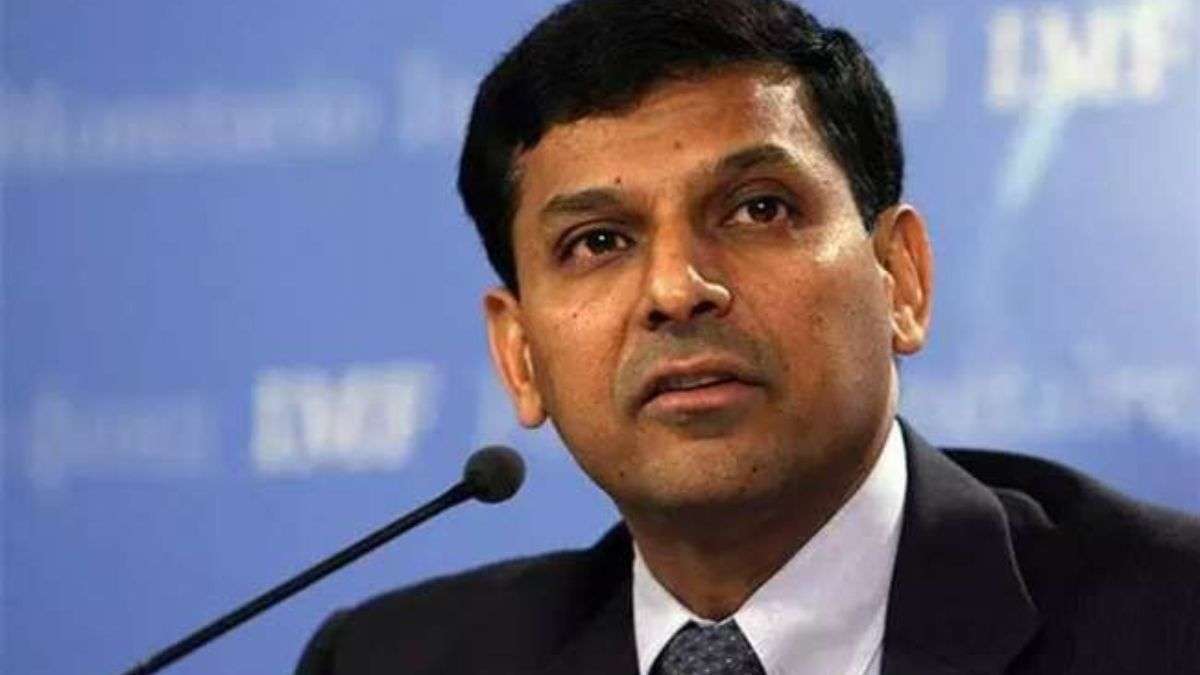
But according to Professor Rajan, there’s actually a deeper difference between China and India, and that is how well their local governments function.
Because both the Chinese and Indian economies are decentralised systems on a massive at mean massive scale. It’s really important to note that getting education, investment and FDI right is really not something that is determined at the top.
A government is essential at the local level to actually implement these changes, and for that they need the right incentives. And to know how China’s local governments work, it can be seen that they had the right incentives to stimulate both local investment and foreign direct investment.
First of all, local governments were all part of the Chinese Communist Party, and they would be promoted or demoted, not based on how well like they were by the local population or how loyal they were to the boss, but rather by how much they were able to grow their local economy.
On top of that, a large part of local government revenue was to be generated through land sales. And given that the value of land appreciates when the right infrastructure is built. If local governors wanted to further their career in the party, one of their best options was to build infrastructure such that they could get more revenue and increase the GDP of their province or city. And maybe also skim a little bit off the top in the process.
Importantly, these incentives meant that local Chinese governors were really keen to make things as easy as possible for foreigners that wanted to invest in their city. For example, as Professor Rajan describes in this book, when an Indian businessman wanted to invest in a middle sized city in China, he was met at the airport by the deputy mayor, taken to visit a possible site on the same day, and then immediately taken to the Major’s office, where all the necessary paperwork had already been filled out and any problems he raised could be dealt with by the local government.
Similarly, when Elon Musk came to China, he was able to have his Shanghai factory up and running in record time because the local Shanghai government officials cleared all legal obstacles for him. Contrast this to India, where while the central government assured citizens that it was now a great destination for FDI, its local government often actively frustrated the arrival of foreign firms by strictly upholding India’s difficult regulations and making it time consuming to get around them.
In summary, following the insights from Professor Rajan, China was able to outgrow India initially because it had a better level of education. And while both countries liberalised their economies, only China was able to successfully invest on a colossal scale and attract enough foreign direct investment to supercharge its economic growth.
Finally, it’s not that India’s central government was not aware that it needed to invest more and attract FDI. No, the deeper reason why India was not able to keep up with China is that its local governments did not play along. Whereas in China, local governors had the right incentives to promote both local investment and FDI. And according to the work of Professor Davesh Kapur, it will become clear that not only did dysfunctional local governments hold India back in the past, they also mean that even today, India can never grow like China.
India’s problem today
To understand why India’s local governments are failing to unleash a China style miracle, let’s now turn to Professor Kapoor, who has identified the three most plausible explanations.
The first explanation is really straightforward.
India’s local governments are terribly understaffed, especially when compared to China, which greatly increased its local government capacity during its growth. Indeed, the structure of India’s government employee count is basically the opposite of that of China and the United States.
Whereas in the US and China, by far most government employees work at the local level and only some at the state or federal level. In India it is the other way around. Most of India’s government employees work at the state and to a lesser extent, federal level, whereas only a few work at local level.
This can explain why India’s local governments were not able to invest or help foreign investors around the rules on the same scale as their Chinese counterparts did. But if just local capacity was the only problem, then it could simply be solved by giving the local governments more money to hire more people, right?
That will likely not completely fix the problem. There is something really strange going on with India’s local governments despite high unemployment. Many local governments have thousands of unfilled open positions. Even worse, some of India’s poorest local governments do not even spend all the money that they get from the central government.
So what else is going on?
Well, this brings to Kapur’s second explanation of why local governments are not living up to their potential?
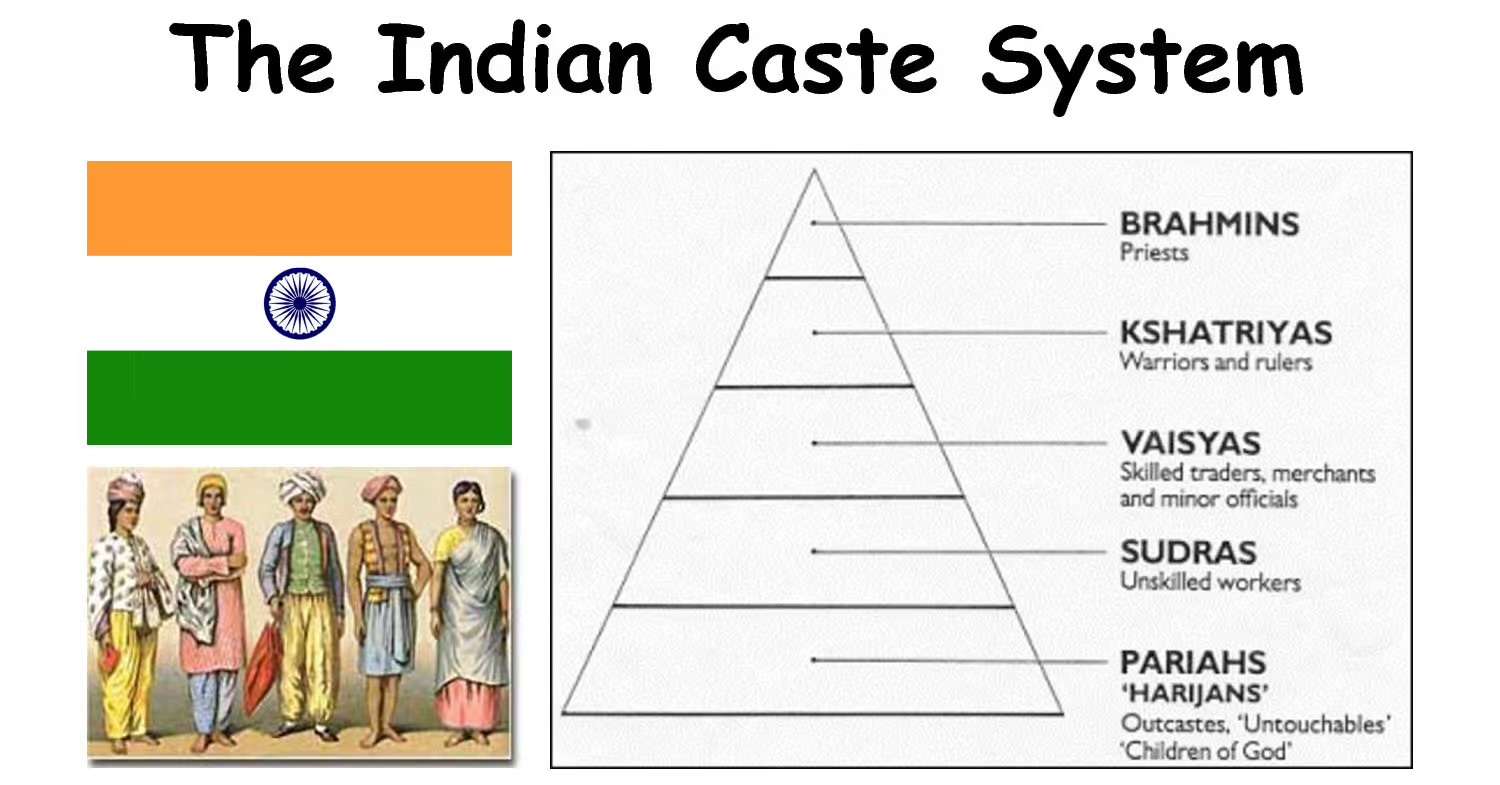
India’s infamous caste system, which divides people into a hierarchy of social categories based on their birth. But before getting into how it should note that the caste system has effectively been outlawed. However, despite that, in many parts of the country it is still very much a political reality. The caste system can explain India’s dysfunctional local governments in three different ways.
Firstly, realising that the caste system was still strong at the local government level, India’s founders on purpose made sure that local governments were not too powerful which can explain why this situation looks the way that it does.
Secondly, even if a local government has adequate capacity, they might not have the right incentives, meaning that they may frustrate the implementation of well-meant central government policies because it is not in line with a caste system.
As an example, Professor Kapoor mentions that quite a few federal education programs where schools were built to improve the education of girls failed at the local level because what happens within the classroom is affected by caste and gender norms.
Thirdly, in some extreme cases, the caste system, even leads to government vacancies potentially being left open because they only have candidates from higher castes.
For example, in their book The Narrow Order, Professor Acemoglu and Robinson describe how in one of India’s poorer states Bihar, the state had thousands of vacancies for engineers that were not filled despite high unemployment.
Why not?
Well, because those qualified to be engineers are typically from higher costs. But because the province’s reigning governor, Lalu Prasad Yadav, was from a lower caste, he refused to fill these positions. As a consequence, everyone suffered because the government the here was so severely understaffed that it could not even spend all the money it got allocated from the central government to upgrade the local infrastructure.
The third reason, why its local governments are not enabling businesses like their Chinese counterparts, is that India is a democracy?
In itself, this is not a problem at all. In China, the incentives of a promotion in the party meant that local governments could override local concerns to build infrastructure and go out of their way to attract foreign firms. However, in well-functioning democracies, this does not need to be a problem, since the democratic process itself could give local governors the incentive to invest in their cities and to attract foreign firms.
After all, if as a local governor grows the economy, then he’s more likely to be reelected as local governor again. Indeed, democracy has produced the vast majority of growth miracles, ranging from West Germany to Italy to Japan and to the United States.
However, unlike these countries, Professor Kapur claims that India is a so-called precocious democracy, meaning that a country became democratic before it was perhaps ready to become democratic again. Professor Kapur discusses three reasons why this is holding India’s local governments back.
The first is that a precocious democracy can get into a vicious cycle in which it delivers poor public services like schools and health care at a time. But it is established as a consequence.
Wealthier people will exit the public system and start using private schools and hospitals instead. And therefore they are now less willing to pay taxes, making local government services even more dysfunctional.
As Professor Kapur notes, local governments in India in particular seem to be very hesitant to raise their taxes, the taxes that they need to improve their cities. But sadly, there’s more.
The second reason why being a precocious democracy is holding India back is that because India’s so divided local government officials that were elected by their specific caste or religious group or, any other interest group tend to prefer rewarding their voters by giving them subsidies or other specific benefits, rather than to invest in public services that can be enjoyed by all.
Finally, in precocious democracies, politicians will tend to emphasise public goods that are highly visible and relatively easy to provide. For example, they may prefer to invest in hyper modern metros rather than to invest in improving the education system, of which the results will only be seen after a few years. This happens in any democracy, but more so in precocious democracies is what
Professor Kapoor argues
- So on the surface, India did not grow as fast as China because it lacked basic education.
- They didn’t invest as much and didn’t attract as much FDI.
- But the deeper reason is that India’s local government did not have the capacity, nor the right incentives to improve education, invest a lot and to attract FDI due to a lack of personnel and wrong incentives provided by the caste system and India being a precocious democracy.
Despite a lot of good intentions by the Modi government, all of these causes of India’s local government dysfunction are still in place and this is why India can never grow like China, especially now that Narendra Modi, who became increasingly autocratic in recent years, lost his majority in parliament.
So does that mean that there is no hope for India to ever catch up to China? No.
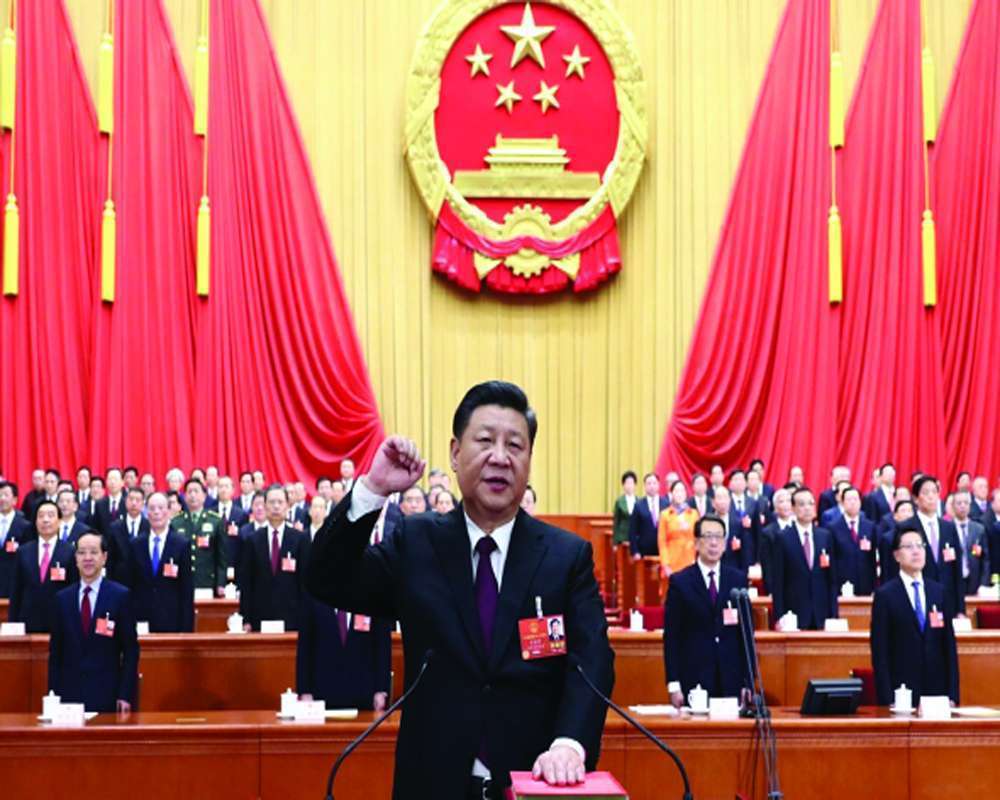
Because there are still a few reasons to be optimistic about India’s economy.
First of all, if comparison is done with India to the place it was in the 1980s, it will be seen that India may not have gone through miracle growth. People are now better educated and its infrastructure has received a major upgrade, especially on the digital and financial side.
And given that foreign companies are increasingly looking for an alternative to China, India is, in theory, really well positioned to attract a lot of foreign direct investment. Now, FDI in India has not yet been anything to write about due to the fact that the local governments do not have the capacity or incentives to help foreign firms navigate its complicated rules.
However, now that India has elected a more democratic coalition government, some have argued that this could mean that Narendra Modi now has to work more closely together with local governments to push through reforms. Closer cooperation in a divided nation will never put it on the path of China, but it could put it on the path to the United States.
A big, divided nation that went through a slow mess. But what, in the end turned out to be the most successful growth miracle of all time.
Finally, perhaps more importantly, as Professor Kapur notes, a successful implementation of various programs such as opening bank accounts, gas connections, and toilets that connect to the sewage system. This demonstrates that slowly but surely, local government capabilities are improving.
Finally, given that primary education is often a local government responsibility and that this capacity has recently increased, this could mean that this is where improvement will be felt and next, which could be huge, because having a broadly shared basic level of education will give more Indians access to an unprecedented wealth of materials ro read.



